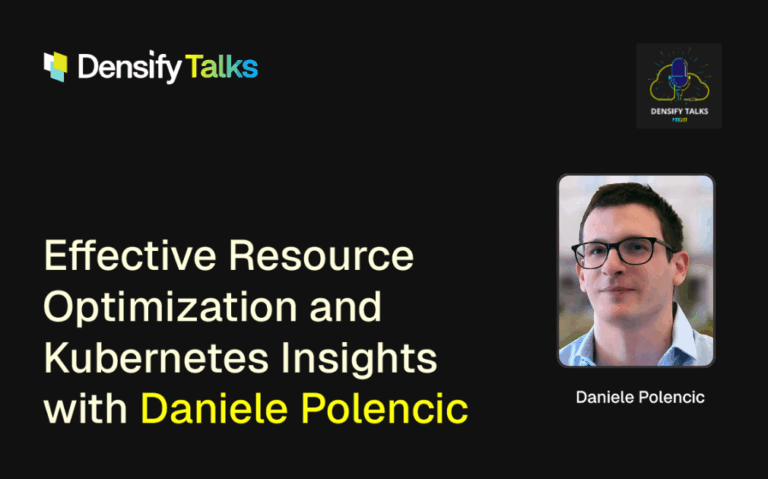Your FinOps Program is Tracking the Wrong Thing
TLDR; It’s ok to spend, just do it wisely/don’t focus on the dollars, focus on the decisions developers make.
If you’re sick with a cold then measuring your body temperature is a wise move or maybe if things are really bad a visit to a doctor might result in testing vs. what are considered “normal” levels in order to diagnose the issue; seasonal flu or infection? To improve our health after picking up a bad bug, we do things that affect our situation back to normal levels once again where we can then declare ourselves healthy.
Customers often feel they’re over spending in the cloud because the monthly bill is too high – that’s a symptom not a root cause. There will be a maniacal focus on the CSP bill, often to the exclusion of more helpful measures and KPIs to determine how they’re doing over time. Finance teams, with the best of intentions, may create a FinOps team and start “campaigning” in an aggressive, even punitive way across the lines of business with a mantra of “make cloud spend less”. Not surprisingly this approach may have some short term gains; however it is rarely effective in changing the culture in the long term. In the extremes, we’ve seen businesses exit the cloud entirely in favor of on-prem datacenters swinging the pendulum back to where costs ‘seem’ more manageable while unfortunately reducing access to innovative cloud capabilities.
What to Track Instead of Monthly Cost?
Being healthy is the culmination of a number of different factors such as good genetics, eating the right foods, exercising and regular rest. In the same way, getting your business to be healthy when it comes to cloud spending is about a variety of factors. A more effective approach we coach customers on is to measure factors related to how developers make decisions about what to purchase in cloud; communication cadence and recommendation workflows being the two main areas with the most significant impact consistently.
Communication Cadence
Communications related to your optimization program initiatives will be very telling about the overall organization’s commitment to being more efficient, it’s also a wonderful indicator to highlight issues related to how IT budgets are managed vs. team priorities. We advocate for “north bound” communication up the org tree to the c-suite for their awareness and to adjust priorities of the business overall. At the same time communications “south bound” from whomever is campaigning to lines of business where you want to drive developers to make better decisions about what to procure.
Think through the cadence of communications in both directions. Are there daily, weekly, monthly, quarterly reports that are “sent”. Perhaps there is a broad-access dashboard where anyone, at any time can see how different aspects of the business are doing in their cloud procurement decisions. Such dashboards are best fed by ITSM ticketing systems. As changes are reviewed and acted upon the change management ticketing systems like ServiceNow for example will allow you to report on factors such as # tickets, timing aspects such as response rate (in days) and ticket status.
Dashboarding can also act as a positive feedback loop to drive organizational motivation. And, yes, you can also shame those not making progress but we prefer to encourage customers to motivate and celebrate their teams’ successes, even getting to the ideal outcome of gamifying the program with some healthy competition, and prizes!

On that topic, the FinOps Foundation has a great article to give you ideas in that area.
Recommendation Workflows
Generating optimal decisions about what to procure in cloud is why Densify exists. The software learns how apps use resources and then generates recommendations that developers can leverage to deploy their apps while also efficiently managing their cloud spend.
Tracking these KPIs as well as setting targets for parts of the organization is an effective tactic overall. Here are a few recommendation-based KPIs customers have found helpful:
- Number of optimization recommendations presented to developers
- Number of optimization recommendations actioned
- Number of days for developers to action a given recommendation
- Number of optimization recommendations declined or postponed along with reasons to feedback to the optimization engine for tuning purposes
- Response rate overall whether accepted (both accepted as well as actioned) or declined (could be postponed vs. a hard no). Could even go so far as to measure the time taken for teams to scrutinize recommendations after they are sent to the team
- Efficiency rating over time is often quoted as a key indicator customers like to watch that directly relates to the effectiveness of developer decisions
Track the Root Cause – Not the Symptom
At the end of the day/month, cost is a symptom, not the root cause of your cloud spend issue. How developers make procurement decisions is the root cause. Track KPIs related to those decisions then motivate people to do better and you’ll see the health of your cloud spend improve. The benefit of optimization is measured by evaluating the number of data-informed decisions engineers are making over time. This approach allows us to free ourselves from the burden of tracking billing data which is always a moving target.
We’d love to chat with you to understand your situation, and give you some tips while demonstrating what we can do to help your organization free up resources. Connect with us for a short exploratory conversation and demo.
Interested in seeing what Densify can do for your environment? Get a demo »






